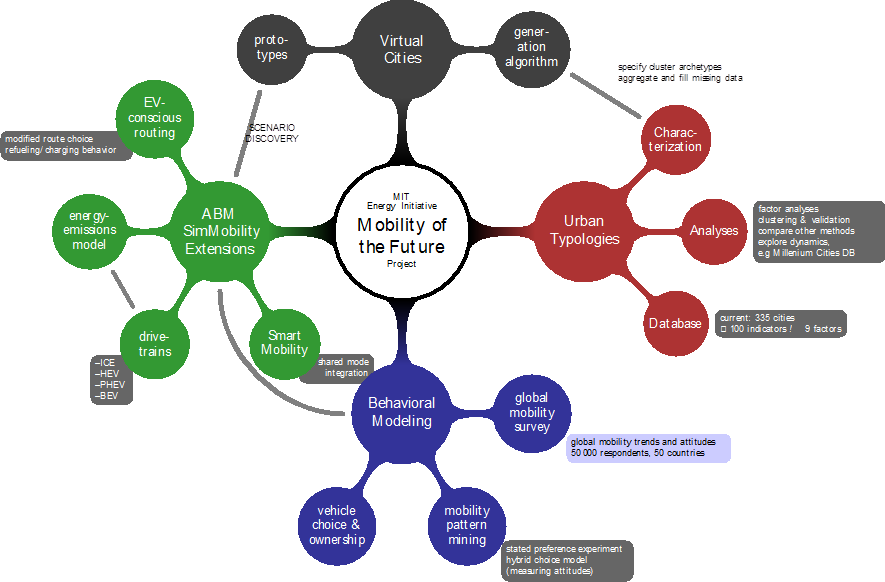
Electronic component in regular Electronic study
An electronic circuit is a
structure that directs and controls electric current to perform various
functions including signal amplification, computation, and data transfer. It
comprises several different components such as resistors, transistors,
capacitors, inductance , and diodes .
An active device is any type of
circuit component with the ability to electrically control electron flow
(electricity controlling electricity). In order for a circuit to be properly
called electronic, it must contain at least one active device. ... All active
devices control the flow of electrons through them.
Active
Element:
The elements that supply energy to the circuit is called active
element. Examples of active elements include voltage and current sources, generators, and electronic devices that require power supplies. A transistor is an active circuit element, meaning that it can amplify power of a signal.
Testing and calibration or adjustment Component .. we call feedback component ..it is sensory and Transducer component .
Branches of electronics
- Digital electronics.
- Analogue electronics.
- Microelectronics.
- Circuit design.
- Integrated circuits.
- Power electronics.
- Optoelectronics.
- Semiconductor devices
Active Component mean?
An
active component is a device that has an analog electronic filter with the
ability to amplify a signal or produce a power gain. There are two types of
active components: electron tubes and semiconductors or solid-state devices. A
typical active component would be an oscillator, transistor or integrated
circuit.
An active component works as an alternating-current circuit in a device, which works to increase the active power, voltage or current. An active component is able to do this because it is powered by a source of electricity that is separate from the electrical signal.
An active component works as an alternating-current circuit in a device, which works to increase the active power, voltage or current. An active component is able to do this because it is powered by a source of electricity that is separate from the electrical signal.
Explains
Active Component
The majority of electronic devices
are semiconductors, the most common of which is a transistor. A basic
transistor is generally used in an amplifier, which increases the active
current I/O signal using a direct current (DC) power supply to provide the
necessary power.
An active device has the ability to control electron flow and either allows voltage to control the current or allows another current to take control. Voltage-controlled devices, such as vacuum tubes, control their own signal, while current-controlled devices, such as bipolar junction transistors, allow one current to control another.
All active components require a source of energy, which generally comes from a DC circuit. In addition, an active device can generally infuse power into a circuit such as a transistor, triode vacuum tube or tunnel diode.
A component that is not active is called a passive component. It consumes energy and does not have the ability to boost power. Basic passive components include capacitors, resistors and inductors.
An active device has the ability to control electron flow and either allows voltage to control the current or allows another current to take control. Voltage-controlled devices, such as vacuum tubes, control their own signal, while current-controlled devices, such as bipolar junction transistors, allow one current to control another.
All active components require a source of energy, which generally comes from a DC circuit. In addition, an active device can generally infuse power into a circuit such as a transistor, triode vacuum tube or tunnel diode.
A component that is not active is called a passive component. It consumes energy and does not have the ability to boost power. Basic passive components include capacitors, resistors and inductors.
Active component ;
- Semiconductor
- Transistor
- Oscillator
- Integrated Circuit (IC)
- Tunnel Diode
- Passive Component
- Virtual Memory (VM)
- Motherboard
- Smartphone
- Read-Only Memory (ROM)